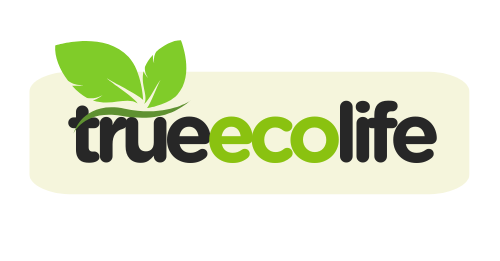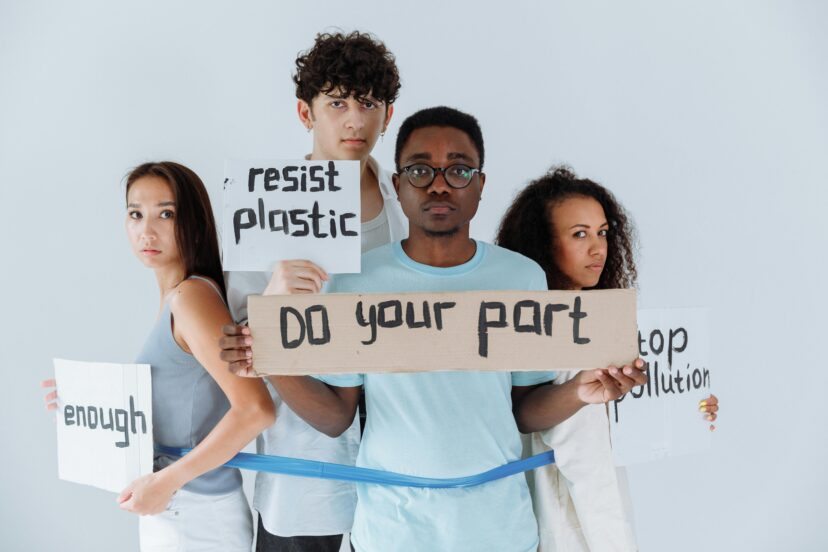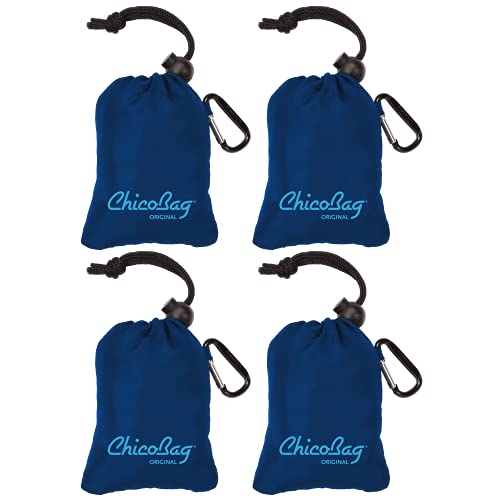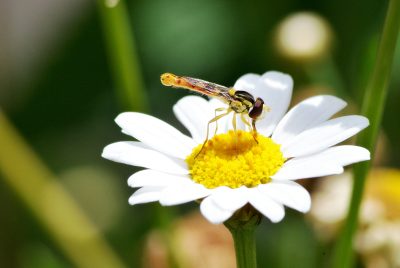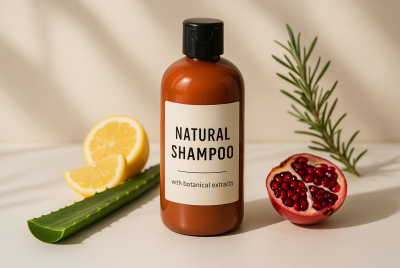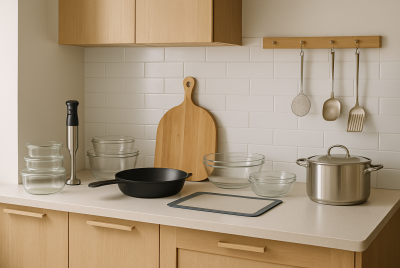Plastic-Free July: Join the Challenge to Reduce Single-Use Plastics
We may earn a commission for purchases made using our links. Please see our disclosure to learn more.
Every year, millions of plastics are produced globally and this production is a major contributor to pollution. But if you want to make a difference, you should consider joining the Plastic-Free July movement. By saying no to single-use plastics, you’re taking a crucial step toward a cleaner planet and a healthier lifestyle. And guess what? It’s easier than you think. This challenge is the perfect starting point for zero-waste living. From everyday swaps to long-term habits, we’ve got practical tips, trusted products, and insights to help you stay committed throughout July—and beyond.
What Is Plastic-Free July?
Plastic-Free July is a global initiative that began in 2011, started by the Plastic Free Foundation in Australia. The goal? To encourage individuals, businesses, and communities to refuse single-use plastics throughout the month of July—and form lasting habits in the process.
Since its launch, over 100 million participants in 190+ countries have taken part. The beauty of the challenge lies in its flexibility: you can go all in or start with one habit change at a time. The point is to start.
Learn more about the movement from the official Plastic Free July site
Why Does Plastic-Free July Matter?
We generate around 400 million tons of plastic waste each year globally. A large portion ends up in our oceans, harming marine life and leaching chemicals into the ecosystem.
Here’s why this challenge is urgent:
- 90% of seabirds have plastic in their systems
- Microplastics have been found in human blood and placentas
- Single-use plastics account for more than 50% of all marine litter
Recent findings reveal just how deeply plastic pollution is affecting both human health and the environment. A study published in Nature Medicine identified microplastics in human organs, including the brain, liver, and kidneys, with notably higher concentrations in individuals diagnosed with dementia—suggesting a troubling link between plastic exposure and neurological health.
At the same time, research from the Stockholm Resilience Centre highlights how plastic pollution exacerbates planetary boundaries, intensifying issues like climate change and biodiversity loss. These insights underscore the urgent need to reduce single-use plastics and take global action.
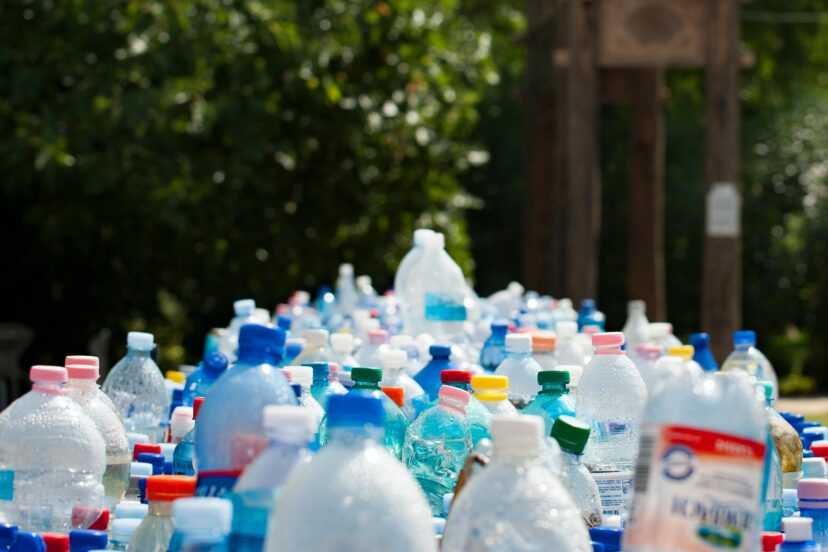
Simple Steps To Start Your Plastic-Free July
1. Conduct a Plastic Audit at Home
Begin by taking a day to track your plastic use. Look around your kitchen, bathroom, and even your handbag. You’ll be surprised how much plastic sneaks into your routine.
Ask yourself:
- Can I refill this instead of replacing it?
- Is there a reusable alternative?
- Do I really need this item?
Switching to a sustainable dish brush set is an effective way to minimize plastic waste in your daily cleaning routine.
2. Replace Everyday Single-Use Items
Start with these easy swaps:
| Instead of… | Use this… |
| Plastic water bottles | Stainless steel or glass bottles |
| Plastic shopping bags | Reusable cotton or jute bags |
| Disposable utensils | Bamboo cutlery sets |
| Plastic wrap | Beeswax wraps or silicone lids |
| Shampoo in plastic bottles | Shampoo bars or refill stations |
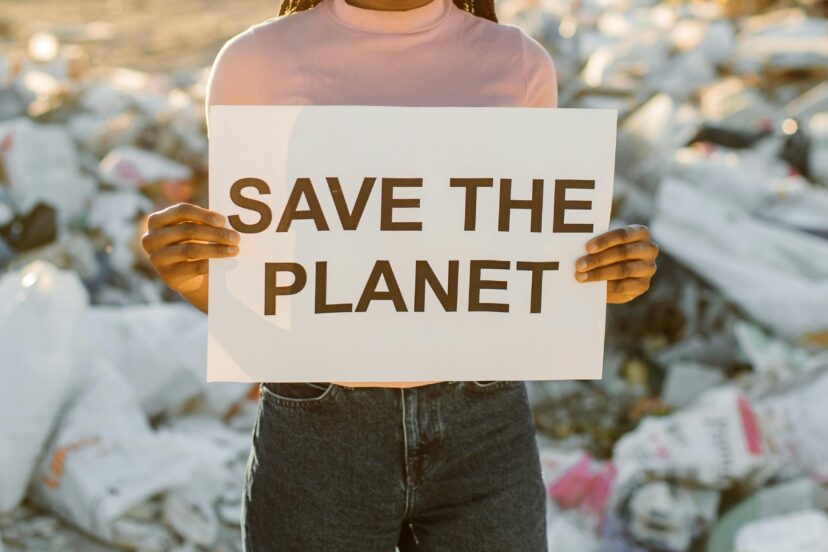
Recommended Products to Help You Go Plastic-Free
Looking to kickstart your challenge? These Amazon favorites make ditching plastic easier and even stylish:
Bee’s Wrap Reusable Food Wraps (3-Pack)
Eco-friendly and washable—these replace your cling wrap in lunches or leftovers.
Hydro Flask Standard Mouth Bottle
A durable, stainless steel water bottle that keeps drinks cold for hours.
Bamboo Travel Utensils Set with Case
Perfect for eating on the go without relying on plastic forks or spoons.
Ethique Eco-Friendly Solid Shampoo Bar
No bottle, no waste—just clean hair in a compact bar form.
ChicoBag Original Reusable Shopping Bags (Set of 3)
Compact and lightweight, these bags are stronger than they look.
How To Stay Motivated All Month Long
Create a Support System
Join local Facebook groups or online communities that are also doing the Plastic-Free July challenge. Shared progress = increased motivation.
Use a Habit Tracker
Seeing your streak build up over days is a strong motivator. Use apps like Habitica or a simple calendar.
Set Weekly Challenges
Try setting weekly goals:
- Week 1: Eliminate plastic water bottles
- Week 2: Switch to bulk grocery shopping
- Week 3: Replace bathroom products
- Week 4: Host a plastic-free picnic
Businesses Are Joining In Too
More and more brands are offering zero-waste or plastic-free options. Local cafés offering discounts for reusable cups, supermarkets with refill stations, and eco-friendly packaging from online stores are just the beginning.
Don’t be afraid to ask companies about their sustainability efforts. Your voice matters.
Plastic-Free Isn’t Perfect—And That’s Okay
Going plastic-free isn’t about perfection. You’ll face challenges—sometimes you’ll forget your reusable bag or need to buy something in plastic. That’s life.
What counts is the effort and consistency. Every plastic-free decision is a vote for a cleaner, healthier future.
Ready To Take the Challenge?
Take the pledge at PlasticFreeJuly.org and commit to reducing single-use plastics. Start small, stay consistent, and inspire others around you.
You don’t need to be perfect. You just need to start.
FAQs
1. What is the goal of Plastic-Free July?
The aim is to reduce single-use plastic consumption by making conscious choices for 31 days—and hopefully beyond.
2. Can I participate if I can’t go fully plastic-free?
Absolutely! Even small changes count. Start with one habit and build from there.
3. Are there plastic-free options for kids and school lunches?
Yes! Look for bento boxes, stainless steel snack containers, and beeswax sandwich wraps.
4. What if my area doesn’t have bulk stores or refill stations?
Shop online for zero-waste goods or focus on reducing rather than eliminating plastics.
5. How do I stay accountable during the challenge?
Use social media to share your journey, join online groups, and track your progress with a habit app.
